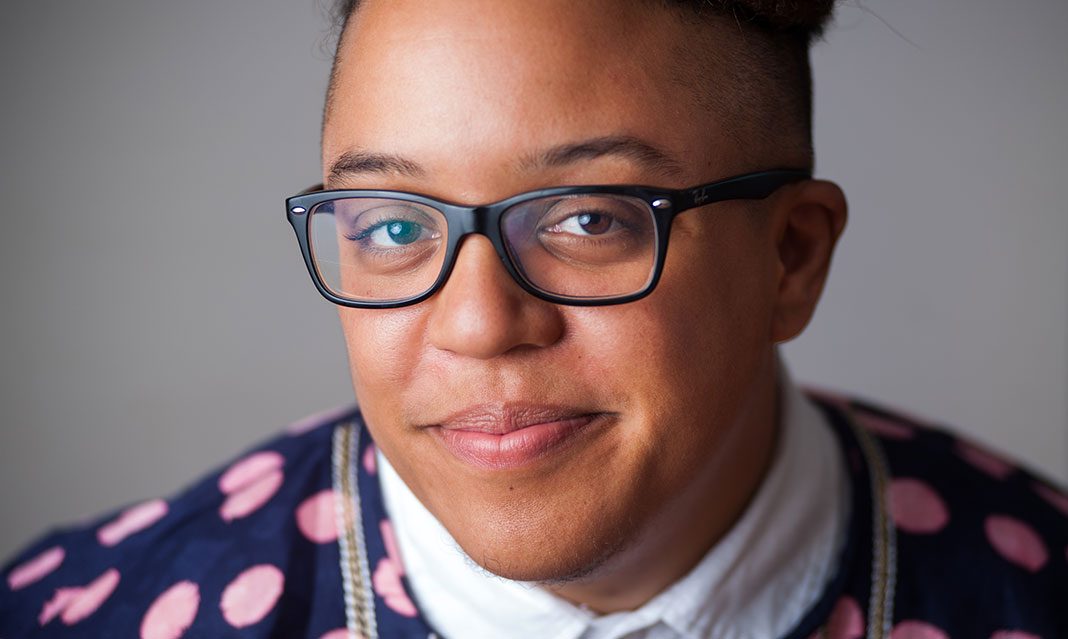In light of recent events, it is now even more imperative to focus on the rights of minorities, and the formation of a society where all feel welcome and secure.
Last Thursday, the Feminist Lunch Hour featured guest speaker Syrus Marcus Ware, who is a visual artist, community activist, researcher, youth advocate, and a vital member of Black Lives Matter Toronto. Currently at the Art Gallery of Ontario, Ware has achieved numerous accomplishments, from being voted “Best Queer Activist” by Now Magazine, to executing community projects such as Blackness Yes! and Blockorama. Ware holds degrees in art history and visual studies, as well as a Master’s in sociology and equity studies.
Ware believes in using art as a way to express activism. He began the Feminist Lunch Hour event by discussing the late Octavia Butler, an activist and writer, who is one of his main influences.
According to Ware, her work “focused on the idea of belonging, and suggested that belonging can be fostered, that communities can be created out of rubble, and that hope can be nurtured by accepting the powerful force of change.” He commented on how the title of his talk was based on a recurring concept of her work: “All that you touch, you change and all that you change, changes you. The only lasting truth is change.”
To Ware, Butler’s work is a continuing source of reassurance in present times.
“She gives us something to hold on to, in times of stress and violence,” he said. “I just want to plant the seed that Octavia Butler is somebody we should all be reading throughout 2017.”
As part of his activism, Ware started making portraits of activists as a way of understanding them. In 2012, he was invited for a performance at the Feminist Art Gallery, and chose to do his on a film called “A Place of Rage,” which for him demonstrated the idea of how rage should similarly be expressed at the current system and turn of events.
Ware introduced the intriguing practice of Activist Love Letters, where he would invite audience members to write letters to activists in their community for him to mail. Since then, he has mailed over 2,000 letters across the country. “To me, it’s about sustainability,” Ware said. “It’s about reaching out to each other.” For Ware, the project is also about sustaining himself.
As he goes on to say, activism is not something you have to do all the time, and it’s okay if people at times choose not to participate. Instead, Ware chooses to focus on all the times that they do participate, and honour those times through his art.
Speaking about his involvement in Black Lives Matter, Ware stresses the importance of tasks that might at first glance seem simple and unimportant. “I like making the banners,” he says. To him, these tasks are relevant because they set the stage for actual events to take place.
Similarly, he points out how it’s easy to forget the people whose contributions are not clearly observed.
“People who are on the margins are not usually on the front, so their contributions are invalidated.” For him, it is important for people to realize that the contributions of the individuals who sew banners till three in the morning are just as valid as the contributions of the individuals in front of the microphone.
Ware described the police shooting of Andrew Loku and how it led to the Black Lives Matter’s occupation of the police headquarters as a form of protest. Again, it was the use of art that played a big role during the protest, as multiple banners and posters were made, with messages such as “You Can’t Put Our Fire Out.”
He concluded his talk by emphasizing art’s ability to drive activism, and how activists such as Octavia Butler keep on inspiring future activists and artists in the laborious run for social change.



